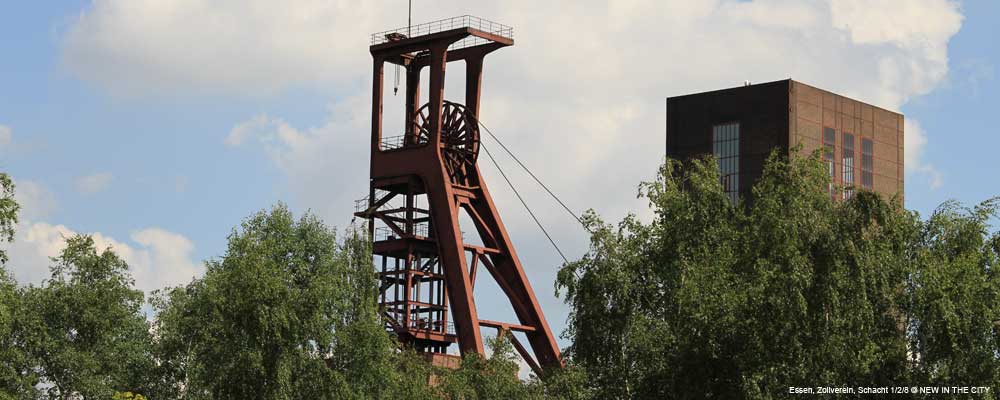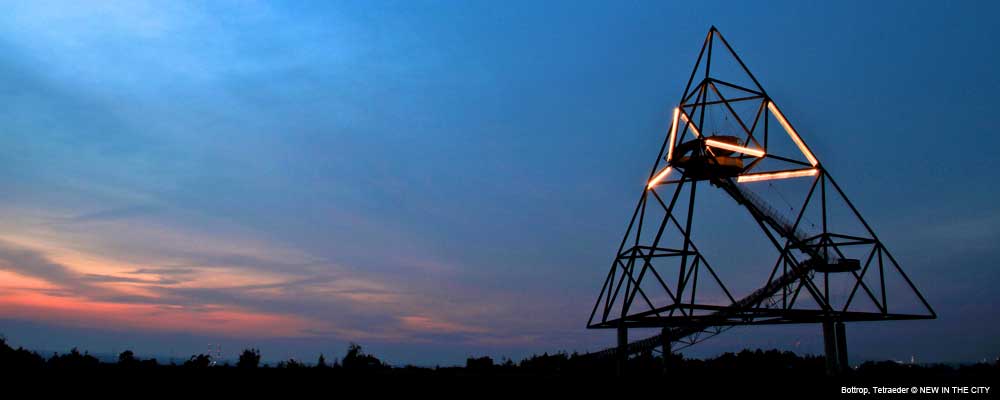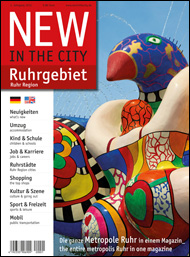At this point, it’s time to clear up some time-honored Ruhr clichés.
They relate to the region’s supposedly dirty air, its gray-black haze, and its brownish yellow water, not to mention a cratered landscape that would do credit to the moon.
But they belong to a distant past.
The Ruhr has become the green lung of North Rhine-Westphalia, with more than two-thirds of the region covered with forests, grasslands and fields. Extensive wooded areas such as the Haard and Elfringhauser Schweiz offer miles of cycling and hiking trails, and there are about 4,200 parks and gardens.
Moreover, water covers 40 percent of their surface.
The many lakes for swimming and the six Ruhr reservoirs such as the Kemnader Lake near Witten or Lake Baldeney in Essen are popular leisure attractions for the surrounding urban areas.
Long-term projects such as the Emscher landscape park have created green spaces, as well as leisure and recreation areas in the heart of the Ruhr Region, from Duisburg in the West to Kamen in the East.
Industrial sites have been returned to nature and reshaped into venues for adventure.
For example, many of the newly verdant slag heaps offer breath-taking panoramic views and, in some cases, spectacular works of art.
Many zoos and leisure parks are popular excursion destinations for families; some of them, such as the Dortmund Zoo and Movie Park Germany in Bottrop, are known far beyond the limits of the region.
You can visit countless castles, manors and cloisters, some of them very well maintained.
They evidence that the history of the Ruhr Region is not just mining and industrial monuments.
And if you want to look light-years into the past, you will have an ideal vantage point at one of the region’s observatories and planetariums, including the Zeiss Planetarium in Bochum. There the beams of long-extinguished stars hold visitors in their thrall.






